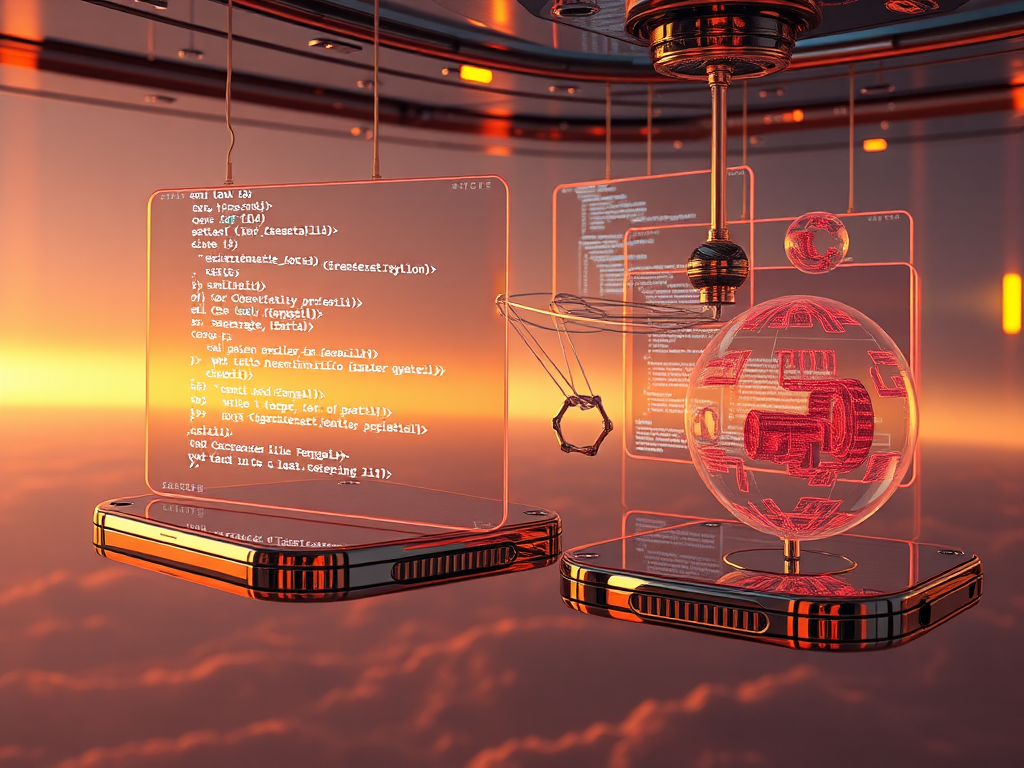
Hello, new friends of Python! Today, let's dive into the magical world of Python programming together, setting aside dry theoretical knowledge and exploring Python's charm in the most straightforward and easy-to-understand way.
Variable Operations
Let's start with variables. A variable is like a box that can store various types of data, making it convenient for us to call in our programs. For example:
name = "John"
age = 25
Here we defined two variables, storing a name and an age. Pretty simple, right?
So what if you want to swap the values of two variables? Have you been troubled by this "old chestnut" of a problem? Don't worry, Python has a very "Pythonic" solution:
a = 5
b = 10
a, b = b, a
print(a, b) # Outputs 10 5
This isn't magic, but Python's unique "tuple unpacking" trick. Don't you think it's cool? Compared to the "temporary variable" approach in other languages, this is more straightforward and concise.
String Processing
Strings are also a frequently encountered data type in programming. For example, to check if a string is a palindrome (reads the same forwards and backwards), you can write:
def is_palindrome(s):
return s == s[::-1]
print(is_palindrome("racecar")) # True
print(is_palindrome("hello")) # False
Here, s[::-1] is Python's unique "reverse slice" syntax, which can reverse a string in one line. Isn't that convenient?
File Operations
Reading and writing files in Python is also a piece of cake. To read a file, you just need to do this:
with open('file.txt', 'r') as f:
content = f.read()
print(content)
The with statement will automatically close the file for you, ensuring resources aren't wasted. Writing to a file is similar; you just need to specify the 'w' mode.
Using Functions
Functions are undoubtedly the core of programming. Defining functions in Python is really simple:
def greet(name):
return f"Hello, {name}!"
print(greet("Mike")) # Hello, Mike!
Notice the f-string syntax here, which allows you to put variables directly in the string. Isn't that cool?
Exception Handling
Any program can go wrong, so exception handling is essential. Python's try/except can easily handle this:
try:
result = 10 / 0
except ZeroDivisionError:
print("Cannot divide by zero!")
This way, the program won't crash, but will gracefully catch and handle the exception. Don't you think it's user-friendly?
Summary
We'll stop here for today. See, isn't Python syntax simple and easy to understand, yet so powerful? As an entry-level language, Python's design philosophy is "elegant, explicit, simple."
I hope through today's sharing, you've gained an initial understanding of Python. Of course, this is just an appetizer; Python's brilliance extends far beyond this. If you're interested in programming, feel free to continue learning in depth, and you'll surely encounter more interesting concepts. Remember, programming isn't just a tool, it's also a joy! Code the future, let's encourage each other!
Next
Python Basics: From Beginner to Advanced
This article delves into Python fundamentals, covering core concepts such as data types, functional programming, time handling, and exception handling. It aims
Python Object-Oriented Programming: From Beginner to Master, A Complete Guide to Classes and Objects
A comprehensive guide covering Python programming fundamentals and advanced features, including environment setup, language elements, modular programming, object-oriented programming, and domain-specific development
Python Programming Beginner's Guide: Master This Simple and Easy-to-Learn Programming Language
This article introduces key knowledge points for getting started with Python programming, including an introduction to Python, basic syntax, practical examples, and recommended learning resources, helping beginners quickly master this simple and widely applicable programming language.
Next

Python Basics: From Beginner to Advanced
This article delves into Python fundamentals, covering core concepts such as data types, functional programming, time handling, and exception handling. It aims

Python Object-Oriented Programming: From Beginner to Master, A Complete Guide to Classes and Objects
A comprehensive guide covering Python programming fundamentals and advanced features, including environment setup, language elements, modular programming, object-oriented programming, and domain-specific development

Python Programming Beginner's Guide: Master This Simple and Easy-to-Learn Programming Language
This article introduces key knowledge points for getting started with Python programming, including an introduction to Python, basic syntax, practical examples, and recommended learning resources, helping beginners quickly master this simple and widely applicable programming language.


